From the first colour broadcast to video transmission from outer space, IBC celebrates 50 years of leading industry trends and technological developments.
1967 A new convention for the broadcast industry, IBC, is held at the Royal Lancaster Hotel in London.
First colour broadcasts in Europe by BBC, including tennis from Wimbledon. ATV0 in Melbourne covers the Pakenham races in colour.
1968 IBC moves to Grosvenor House Hotel.
1970 IBC establishes a biennial pattern, alternating with the International Television Symposium in Montreux, Switzerland.
1972 Sterling Manhattan Cable launches the first pay-TV network: Home Box Office, now just HBO.
1976 IBC sees the latest open reel video tape recorders in B and C formats.
1978 IBC is held at Wembley Conference Centre in north London.
1980 IBC moves to Brighton on the south coast of England, its home for six editions.
BBC, working with Vinten, develops the first robotic camera operations.
1982 In the UK Channel 4 goes on air, the first broadcaster to use automated playout.
Sony launches the Betacam format.
1984 The tenth IBC is marked by the inauguration of an awards programme. The first winner is Dr Geoffrey Philips of BBC, for 30 years’ work in efficient use of the radio spectrum.
Apple launches the Mac.
1986 The IBC Council is formed.
ITCA demonstrates a complete Rec 601 digital production system; Sony demonstrates the first digital video recorder, the DVR-1000, at IBC.
1988 Avid introduces the concept of the non-linear editor.
1989 Sky launches its first direct to home satellite service, in the UK, using the analogue D-MAC format.
1990 The IBC conference includes a paper on digital television to the home, the first full-scale discussion of advanced compression and COFDM to transform broadcasting.
SMPTE standardises the SDI serial digital interface.
1992 IBC moves to Amsterdam. For one year only it is held in July to avoid a clash of dates.
The IBC Award is renamed in honour of John Tucker, one of the event’s founders. Added to the awards programme are honours for the best stand design, named the John Etheridge Awards, after another of the founders.
1993 The Moving Picture Experts Group – better known as MPEG – publishes its first standard.
1994 IBC reverts to September, in its new home of the RAI in Amsterdam, and becomes an annual event.
1995 Canal Plus transmits DVB format digital broadcasting over satellite.
1996 Reflecting the move to widescreen television, IBC initiates the Nombre d’Or Awards. Golden Rembrandts are presented to programmes which make good use of the 16:9 aspect ratio.
HD broadcasts start in the USA.
1997 The HDCam digital video recording format is introduced.
1998 The awards presentation becomes the Sunday Spectacular, a lavish variety show. The first Sunday Spectacular features tenor Russell Watson and pop singer Louise.
2000 IBC reflects the importance of digital out of home entertainment with the IBC Big Screen: screenings and presentations in a state of the art digital cinema, alongside a dedicated day in the conference.
2001 The John Tucker Award becomes the IBC International Honour for Excellence. First recipient is Roderick Snell.
2004 HD broadcasts start in Europe.
2005 Employees at PayPal develop a video-sharing website called YouTube.
2007 The iPhone is launched, at first only on one network in the USA.
2008 In a world first, IBC is linked over a live, high definition, stereoscopic 3D link to Hollywood to interview Jeffrey Katzenberg as part of the Awards Ceremony.
The NHK Super Hi-Vision 8k system is demonstrated at IBC, including a live link over fibre from a camera opposite the Tower of London.
2010 Toy Story 3 is the first movie to be released with Dolby Surround 7.1 sound.
2011 The IBC Leaders’ Summit is added to the programme: a one-day, behind closed doors meeting for C-level industry executives
2012 will.i.am – creative innovation director for Intel as well as singer with Black Eyed Peas – gives a keynote address to the IBC Conference
2013 YouTube reports that 100 hours of content is added to its site every minute. Today it is more than 300 hours every minute
2016 The IBC Big Screen is pushed to the limit for director Ang Lee to show excerpts from his new movie Billy Lynn’s Long Halftime Walk: 120 fps high frame rate stereoscopic 3D, using high brightness, high dynamic range laser projection and Dolby Atmos sound.
The IBC Awards Ceremony includes a message from space: astronaut Kate Rubins, aboard the International Space Station, thanks IBC for the Judges’ Prize to NASA.












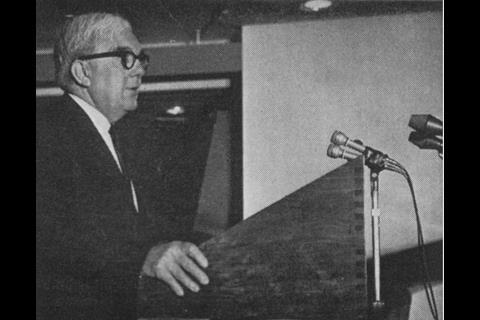
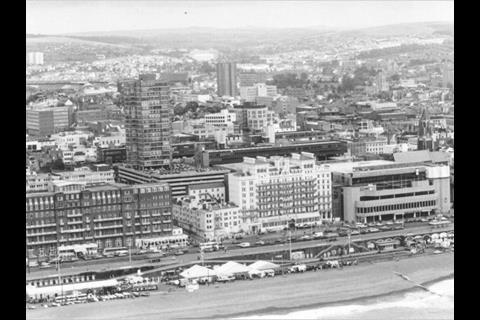
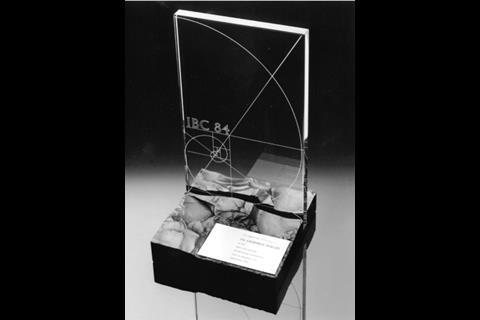

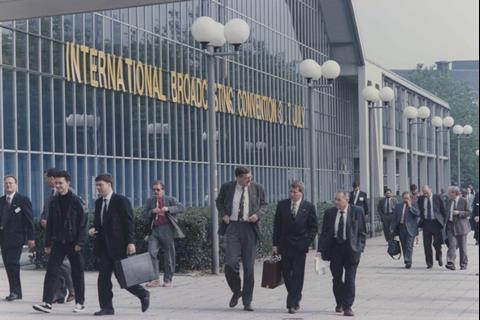

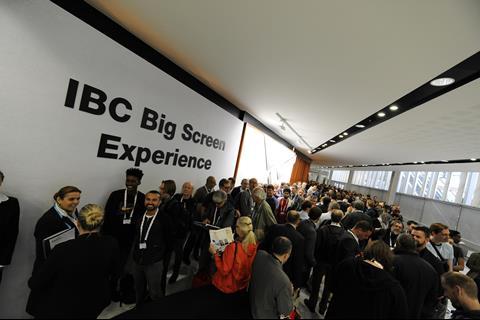
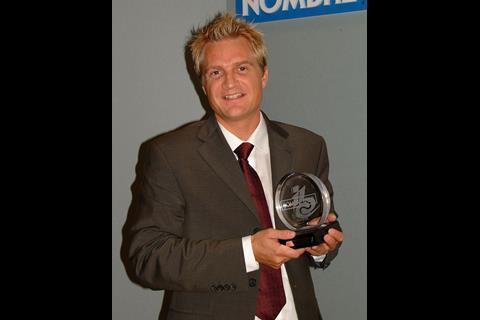
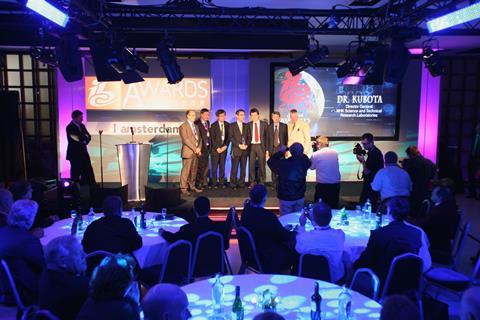
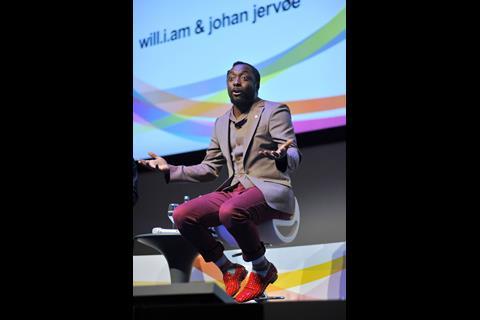
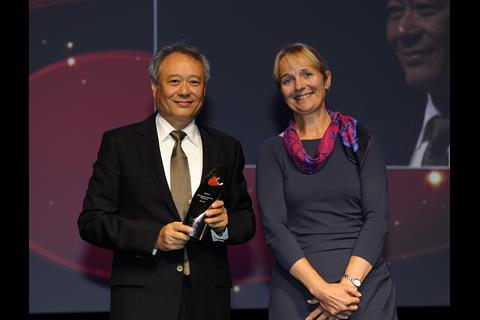










No comments yet